Buy the photo View from Motovun, Istria, Croatia by Jeroen de Jongh Photography on canvas, ArtFrame, poster and wallpaper, printed on demand in high quality.
About "View from Motovun, Istria, Croatia"
by Jeroen de Jongh Photography
About the artwork
Motovun is a village in the interior of the Croatian province of Istria, and it is situated on a hill, 270 metres above sea level. From a distance, Motovun gives a medieval appearance, its houses are irregularly scattered on the hill, which is also used for grape growing, from which Istrian wine is made. At the bottom of the hill on which the village lies flows the Mirna. Across the river is the Motovun forest, where truffles are found.
In ancient times, both Celts and Illyrians built their forts on the site of today's Motovun. The name of the village is also of Celtic origin, derived from Montona, meaning "a city in the hills". The town grew on the site of an ancient city called Castellieri.
In the 10th and 11th centuries, it belonged to the bishop of Poreč. From 1278, it was taken over by Venice and surrounded by solid walls that are still intact, and used as a walkway with a unique view of the four corners of Istria. The three parts of the city are connected by a system of internal and external fortifications with towers and city gates with elements of Romanesque, Gothic and Renaissance styles, built between the 14th and 17th centuries. It is a typical example of Venetian colonial architecture. On the interior walls are several coats of arms of different ruling families in Motovun and two tombstones of Roman inhabitants (dating from the 1st century).
The late Renaissance church of St Stephen was built at the beginning of the 17th century according to sketches probably designed by the famous Venetian architect Andrea Palladio (1508-1580). The church contains several works of art: the marble statues of St Stephen and St Laurence by Francesco Bonazzo and the 17th-century painting of the Last Supper above the altar by an unknown Venetian artist. The cisterns in the square in front of the church date from the 14th and 15th centuries.

About Jeroen de Jongh Photography
I'm Jeroen, and I'll spare you the long introduction. ;) If you're looking for a landscape photo for your wall, you've come to the right place... Read more…
 Germany
Germany Ordered in November 2021
Ordered in November 2021
 Germany
Germany Ordered in December 2019
Ordered in December 2019
 Germany
Germany Ordered in November 2020
Ordered in November 2020
 Germany
Germany Ordered in October 2023
Ordered in October 2023
 Germany
Germany Ordered in August 2021
Ordered in August 2021
 Germany
Germany Ordered in December 2020
Ordered in December 2020
 Germany
Germany Ordered in June 2020
Ordered in June 2020
 Netherlands
Netherlands Ordered in July 2019
Ordered in July 2019
 Germany
Germany Ordered in February 2021
Ordered in February 2021
 Germany
Germany Ordered in April 2019
Ordered in April 2019
 Germany
Germany Ordered in December 2021
Ordered in December 2021
 Germany
Germany Ordered in June 2020
Ordered in June 2020
About the material
ArtFrame™
Interchangeable Art Prints
- High-quality print
- Easily interchangeable
- Acoustic function
- Large sizes available
Discover the artworks of Jeroen de Jongh Photography
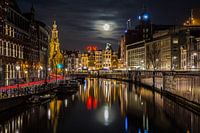 Full moon at the flower marketJeroen de Jongh Photography
Full moon at the flower marketJeroen de Jongh Photography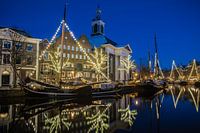 Lange HavenJeroen de Jongh Photography
Lange HavenJeroen de Jongh Photography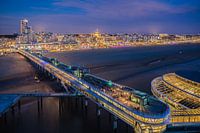 Scheveningen PierJeroen de Jongh Photography
Scheveningen PierJeroen de Jongh Photography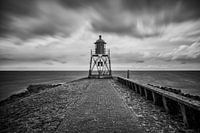 Lighthouse StavorenJeroen de Jongh Photography
Lighthouse StavorenJeroen de Jongh Photography April 25th BridgeJeroen de Jongh Photography
April 25th BridgeJeroen de Jongh Photography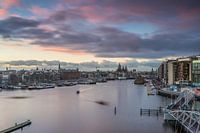 OosterdokJeroen de Jongh Photography
OosterdokJeroen de Jongh Photography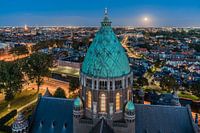 Climb to the lightJeroen de Jongh Photography
Climb to the lightJeroen de Jongh Photography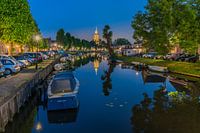 MonnickendamJeroen de Jongh Photography
MonnickendamJeroen de Jongh Photography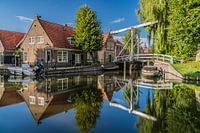 Zonnepad MonnickendamJeroen de Jongh Photography
Zonnepad MonnickendamJeroen de Jongh Photography Mill de Vlinder on a misty morning in the BetuweJeroen de Jongh Photography
Mill de Vlinder on a misty morning in the BetuweJeroen de Jongh Photography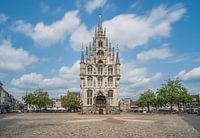 Town Hall of Gouda at the MarketJeroen de Jongh Photography
Town Hall of Gouda at the MarketJeroen de Jongh Photography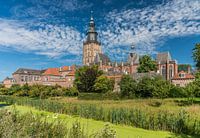 Swans at the skyline of ZutphenJeroen de Jongh Photography
Swans at the skyline of ZutphenJeroen de Jongh Photography Quiet autumn morning in the park of Groeneveld CastleJeroen de Jongh Photography
Quiet autumn morning in the park of Groeneveld CastleJeroen de Jongh Photography Magical sunrise at the Amstelveense PoelJeroen de Jongh Photography
Magical sunrise at the Amstelveense PoelJeroen de Jongh Photography Sunrise in the cherry blossom park of the Amsterdamse BosJeroen de Jongh Photography
Sunrise in the cherry blossom park of the Amsterdamse BosJeroen de Jongh Photography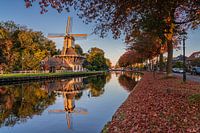 The last autumn sunlight on Mill 't HaantjeJeroen de Jongh Photography
The last autumn sunlight on Mill 't HaantjeJeroen de Jongh Photography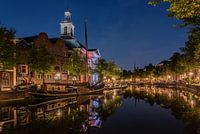 Peace and quiet at Schiedam's Lange HavenJeroen de Jongh Photography
Peace and quiet at Schiedam's Lange HavenJeroen de Jongh Photography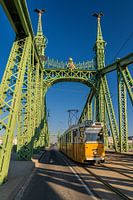 Tram 47 passes over the Freedom Bridge in BudapestJeroen de Jongh Photography
Tram 47 passes over the Freedom Bridge in BudapestJeroen de Jongh Photography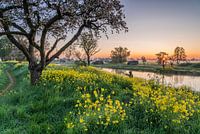 Rapeseed at sunrise in Werk aan de GroenewegJeroen de Jongh Photography
Rapeseed at sunrise in Werk aan de GroenewegJeroen de Jongh Photography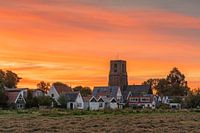 Sunset at the Tower of Ransdorp in AmsterdamJeroen de Jongh Photography
Sunset at the Tower of Ransdorp in AmsterdamJeroen de Jongh Photography
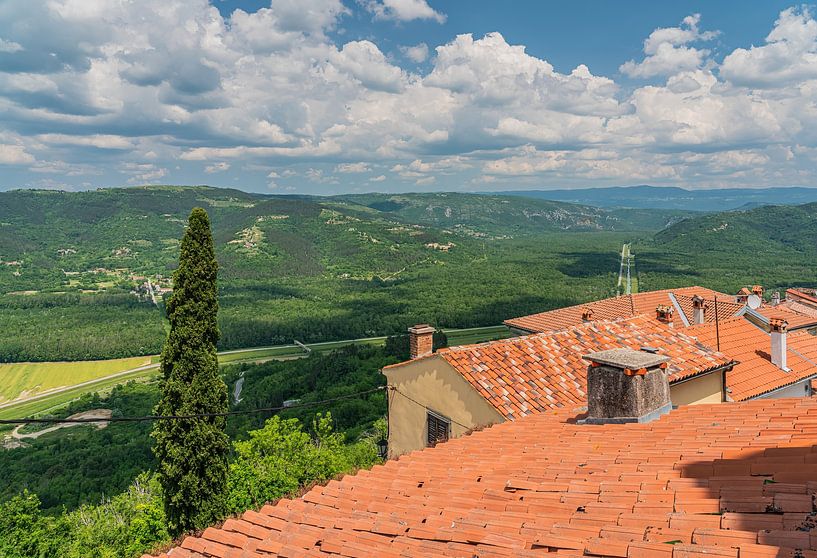












 Architecture
Architecture Croatia
Croatia Europe
Europe Mountains
Mountains Photo wallpaper
Photo wallpaper Photography
Photography Serene Peace
Serene Peace Trees
Trees









